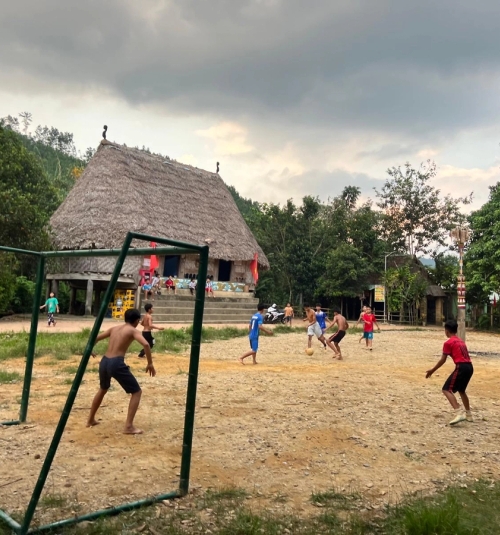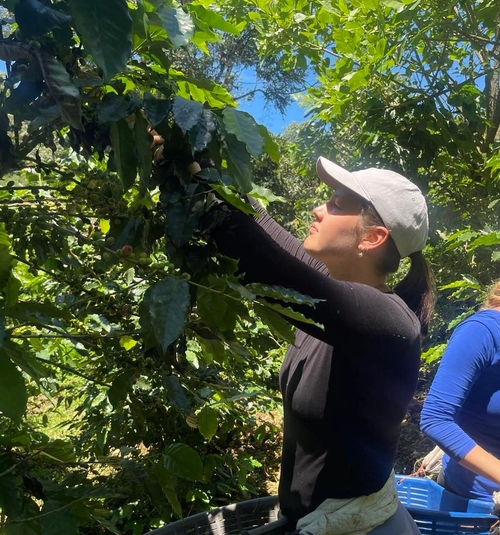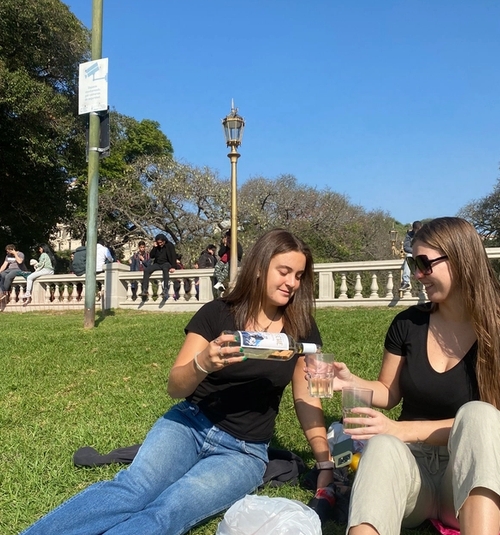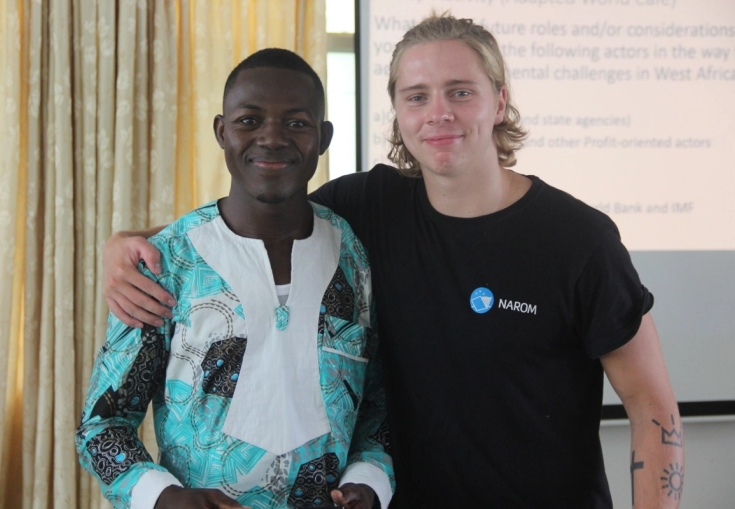
The Real Gauchos of Argentina
The hero wanderers of the Pampas. The romanticized lawless cowboys. The free-living legends of the Argentinian society. Once nomad cowboys of the vast fertile grasslands. Horsemen envisioning themselves as centaurs – half-human, half-horse. Gauchos.

In the pampas town of Coronel Vidal in the province of Buenos Aires, there is a proud gaucho culture. A culture awaking a sense of identity and nationalistic pride in Argentina.
The bar “La Esquina de Arguás” is one of Argentinas oldest pulperías, a meeting place where gauchos gather to have a drink or asado (grilling).
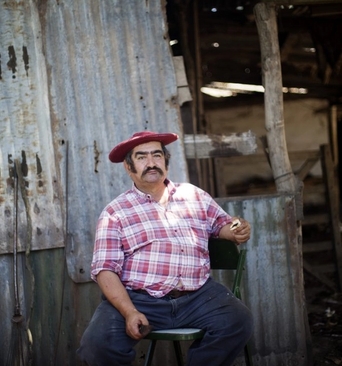
Significantly, to be a gaucho also means to be a man. It is related to the “machismo” culture, and women are excluded from the male gaucho society. The female responsibilities are limited to biological reproduction, and historically to magic and healing activities.
The name gaucho is believed to come from Quechua, meaning orphan colt or calf. It is hard to determine their origin, but it all started with the Spanish founder of Buenos Aires, Pedro de Mendoza, who was the first to introduce 72 horses on the pampa in 1541.
50 years later, the horse population had increased to 12 000. As a consequence, the Indigenous people living in the region learned to ride horses.
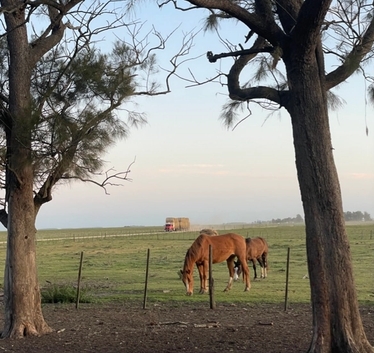
In this prehistory of the gauchos, they appear in drawings with a poncho and boleadoras, or bolas, a tool and weapon consisting of rounded stone-balls covered in leather and fastened to a rope to catch horses.
But it was first with the mestizos (persons of mixed indigenous and spanish descent) that the first "real" gauchos appeared. These mestizos started serving the colonial ranches as horsemen – gauchos. In contrast to the landowner, the gaucho did not own land and had to work to earn for his living.
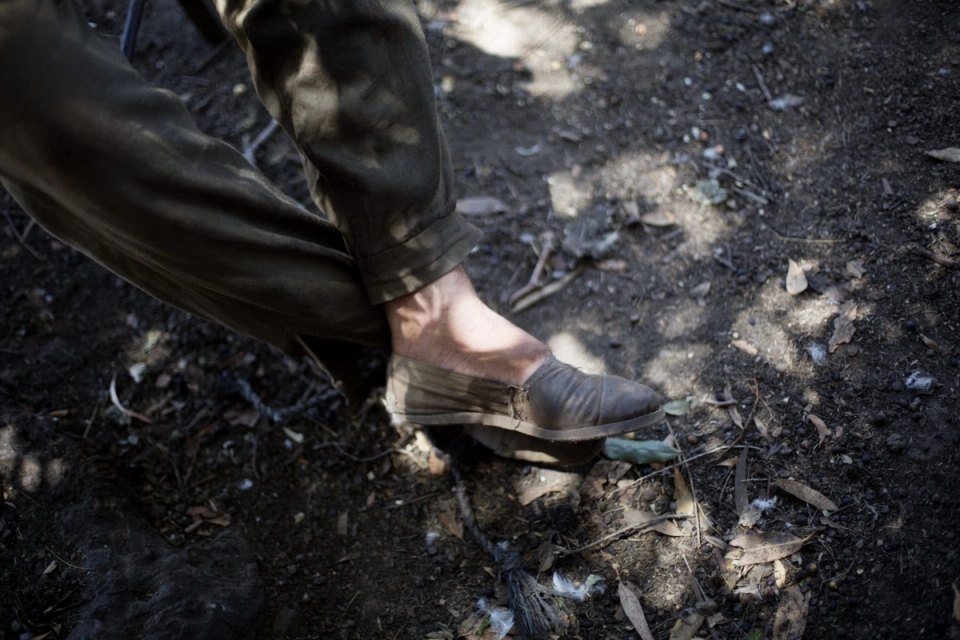
What’s more, their long culture of drinking mate might be the strongest evidence of their indigenous heritage as the hot tea originally was cultivated by the Guaranis.
Their recognition in Argentinian society was renewed during the War of Independence (1810 to 1818). The gauchos played a crucial role fighting within the cavalry ranks of the Argentine patriotic forces.
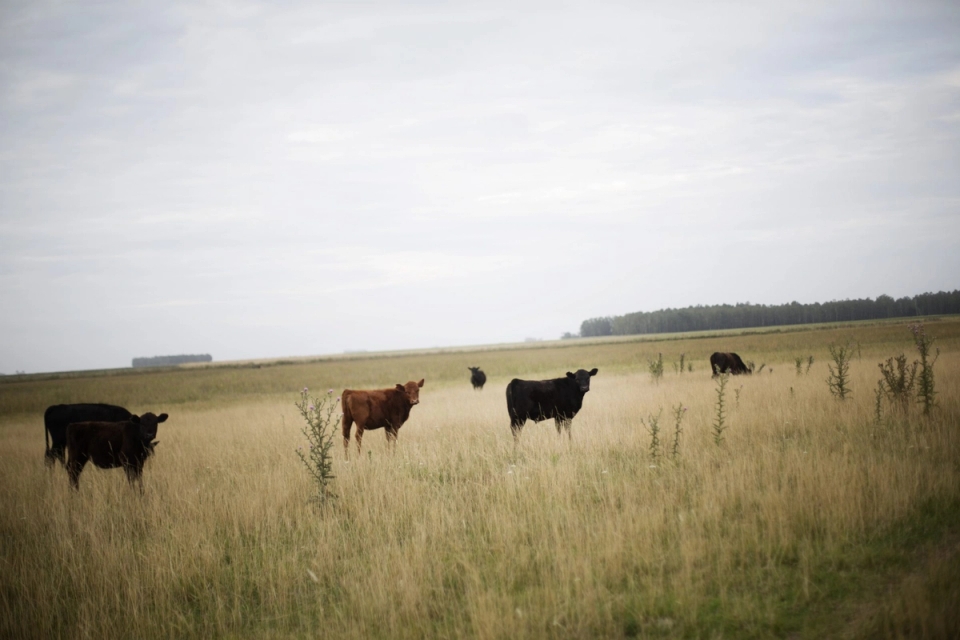
After the patriotic force declared independence, the gaucho appeared as the protagonist in gaucho literature, gauchoesque, a literary movement reflecting their mentality and values.
“A singularly stringing looking set of men; generally tall, very handsome, but with the most proud, dissolute expression”, Charles Darwin wrote about the gauchos in 1839.
As of today the gauchos live in Brasil, Uruguay and Chile in addition to Argentina.
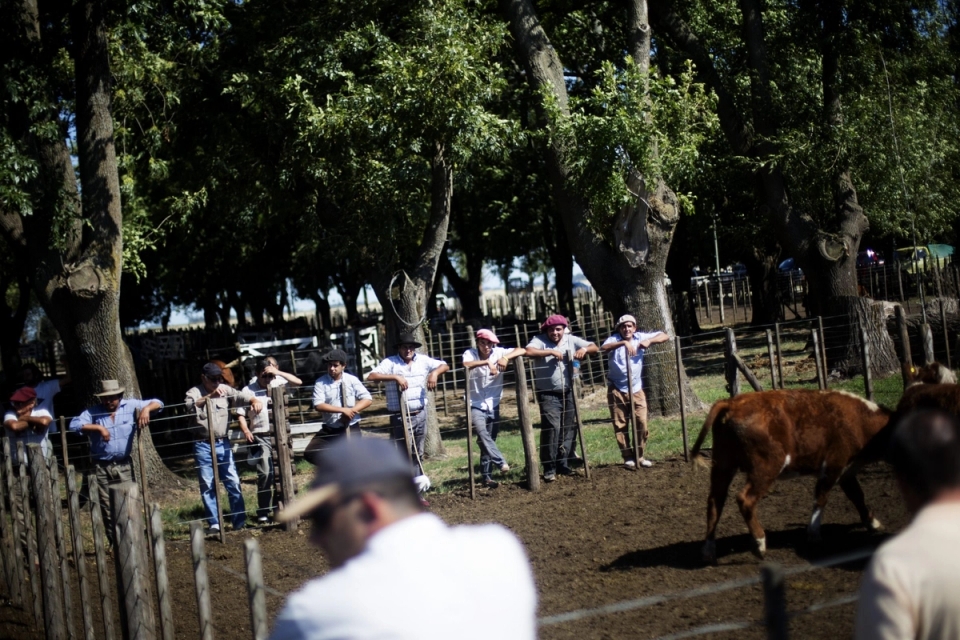
To understand more of their identity, read one of the most famous books about the gaucho – the 2316 line long “Martin Fierro” (1872) written by José Hernández.
This is a part of it:
Like an ownerless horse the gaucho is,
That everyone may ride.
They break his back and they break his heart,
For life he must struggle from the start,
Like the tree that without a shelter grows
On the wind-swept mountain-side.


